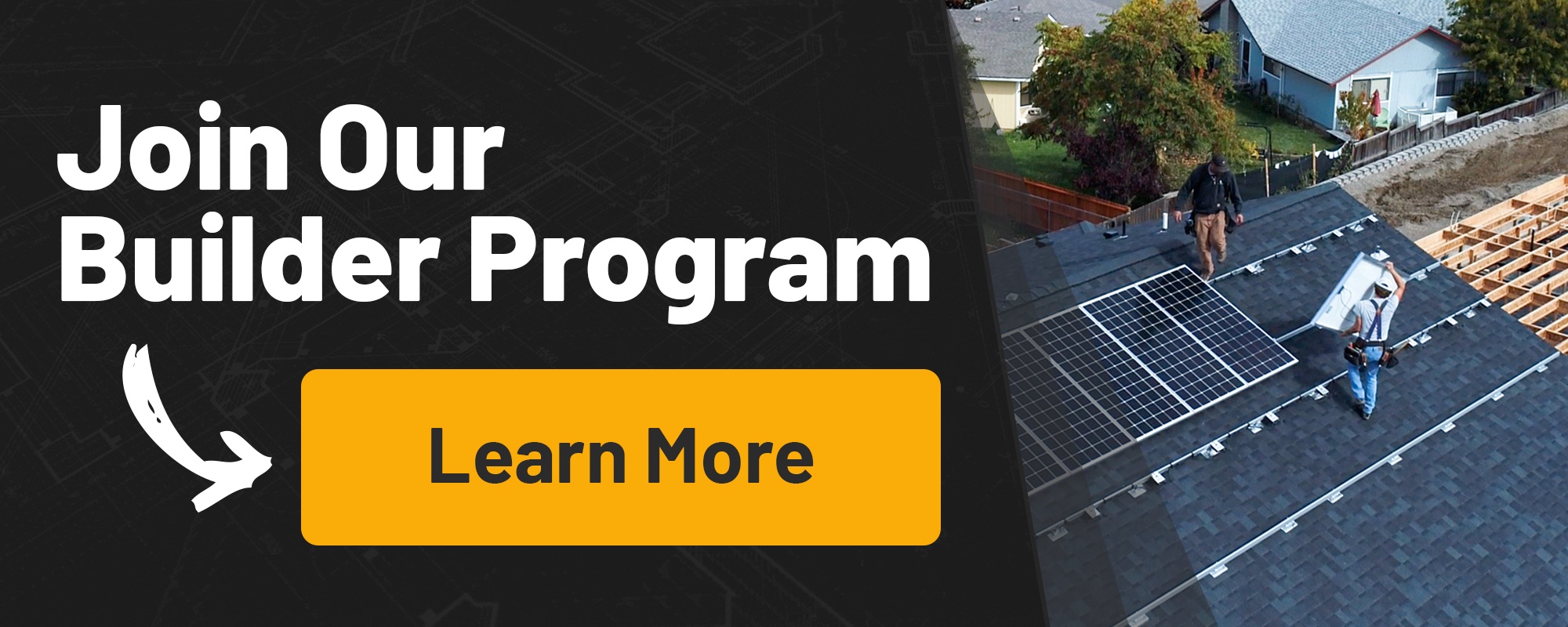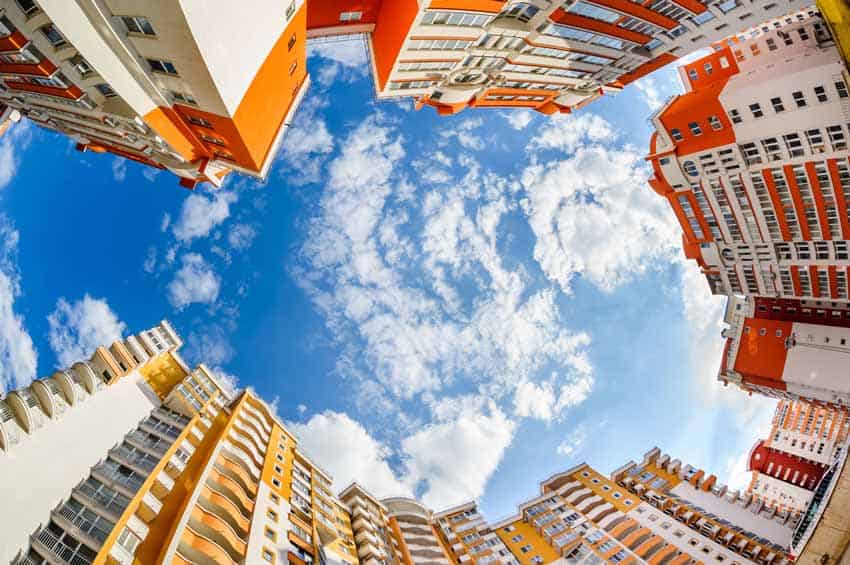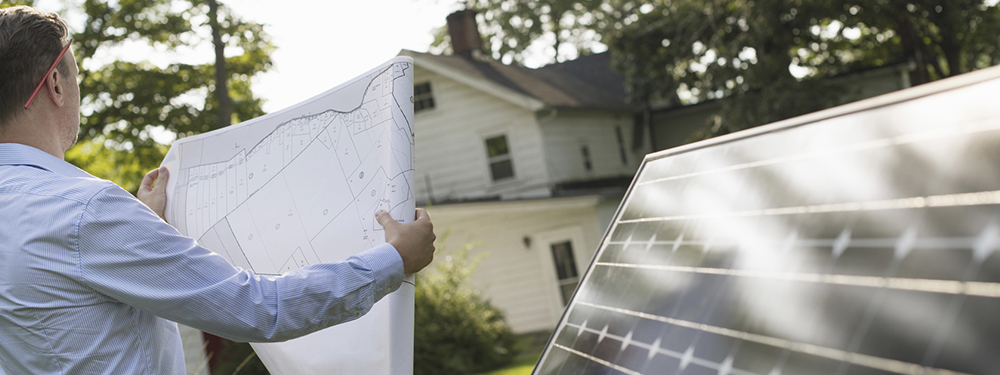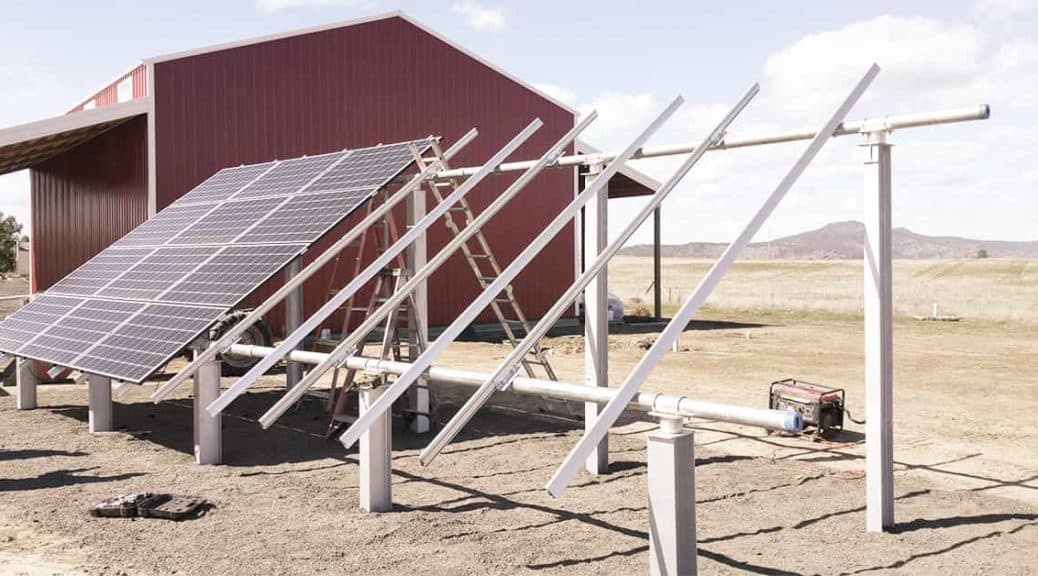Solar panel power systems are becoming incredibly popular in both residential and commercial projects.
More and more, business owners and homeowners alike understand how much solar power boosts their energy efficiency while significantly reducing utility costs.
Builders who handle both residential and commercial projects are called upon to incorporate solar into new builds.
When your company is involved in both industries, knowing which types of solar inverters work best for each project is essential.

The Difference Between Residential and Commercial Solar
Before we dive into a discussion about inverters, let’s start with a look at the fundamental differences between solar systems installed on homes and those installed on commercial buildings.
At their core, these projects are essentially the same, especially when structure sizes are comparable.
However, commercial projects are often much larger, which means they require more energy to operate.
The solar panels on commercial structures are usually bigger than those on residential structures, generating more electricity per panel.

Since commercial operations require more electricity, the inverters that convert power from DC to AC must be large enough to handle the load.
The inverter’s function is the same, so the types of inverters available for each sort of structure are the same.
That said, it doesn’t mean that you should be installing the same kind, only more powerful, for residential and commercial projects.
The Different Types of Solar Inverters
There are three basic inverter systems available to builders:
#1: String inverters
#2: String inverters with power optimizers
#3: Micro-inverters
They all do the same job — convert DC to AC — but they each function a bit differently.
String Inverters
String inverters have been around for a long time, making them the most commonly used of all three types of inverters, especially in larger commercial projects.
They are the most straightforward and least expensive option.
With this technology, installers wire multiple solar panels in a series and then connect the group to a single inverter.
Typically, a single structure has more than one grouping, each feeding into its own inverter.
The solar panels in each string must be situated on the same plane.
They work best when the roof is unobstructed throughout the day.
Since the panels are wired in series, when one panel becomes obstructed due to shading or quits working, the entire series loses capacity.
Furthermore, this system offers limited expansion capabilities, and adding more panels usually means adding another inverter.
On the other hand, this technology is trusted in both residential and commercial markets.
Another benefit to string inverters is that they are set up on the ground in a central location, making them relatively easy to install.
String Inverters with Power Optimizers
Power optimizers take care of the shading issue in string types of inverters.
These devices are installed at the module level, so every solar panel gets an optimizer.
Some solar panel companies have started integrating power optimizers into their panels. This makes these smart panels easier to install.
When a panel is equipped with a power optimizer, it operates more efficiently.
The optimizer conditions the electricity at the panel before sending it on to the inverter.
Since the electricity output from each panel is optimized individually, the entire system functions more effectively.
Micro-Inverters
Micro-inverters are also module-level technology.
However, micro-inverters convert DC to AC right at each solar panel instead of aggregating DC power and sending it to a central inverter.
Solar panels that utilize micro-inverters are wired in parallel rather than in series, functioning entirely independently.
The Benefits and Drawbacks of the Two Primary Types of Solar Inverters

Builders rarely choose string inverters on their own.
Solar power systems need to adhere to rapid shutdown requirements in emergencies, such as grid power failures.
Therefore, string inverters must have module-level technology capable of shutting down the system quickly.
Solar panels that utilize micro-inverters are wired in parallel rather than in series, functioning entirely independently.
Now, let’s look at the positives and negatives of string inverters with power optimizers and micro-inverters.
The Benefits and Drawbacks of String Inverters with Power Optimizers

String inverters are set up in a centralized ground location.
This makes installation a more straightforward process.
However, when you add power optimizers, you no longer get the simplicity of installing a centralized inverter system.
The optimizers have to be fitted on the individual modules.
Some models come with pre-installed optimizers, making it easier for the worker, but you are limited to only those brands and models.
Installers can choose to mount the component on the solar panel before taking it up to the roof.
With this system, enlarging an array is more challenging and usually requires adding more inverters and optimizers when extra panels are added.
String inverters with power optimizers make power delivery more consistent and reliable.
They also provide flexibility in configurations for larger installations.
Maintaining and replacing string inverters is easier with their ground location, but troubleshooting an optimizer adds additional maintenance and replacement concerns.
The Benefits and Drawbacks of Micro-Inverters

Micro-inverters work similarly to the string inverter with a power optimizer system.
However, with these solar inverters, the entire system is housed on each solar panel’s underside.
Power is not compromised when part of the array sits in the shade.
Since the inverters are attached to the panels, installers need to connect them before climbing up on the roof or up on the roof, making it equally as challenging as an optimizer installation.
Micro-inverters convert DC to AC at the module level, which means the voltage traveling across the wiring and into the house is low.
Unlike string inverters, but similar to the power optimizers, a technician must climb on the roof to deal with maintenance and repair issues.
Enlarging this system is easy.
The technician can add one panel and one component since they aren’t tied into other panels and a single inverter.
Power delivery is consistent since each panel and inverter operate individually.
Micro-inverters mitigate power reduction due to shade or a dirty panel.
While each unit is not necessarily more prone to failure than string inverters, more of them increase the likelihood of failing.
However, these types of inverters have become more reliable, and their failure rates are low.
The Best Choice for Commercial Projects

When builders install solar panel power systems for commercial structures, they use string inverters with power optimizers most of the time.
The sheer size of many of these projects makes this a more economical choice.
It’s also easier for maintenance and troubleshooting, likely to happen more frequently with larger arrays.
If the commercial site is small enough, micro-inverters are an excellent option.
The Best Choice for Residential Projects
Micro-inverters are becoming the inverter of choice for residential projects.
These types of inverters provide residential customers with a streamlined system that’s easy to monitor, and they offer reliability.
The safety aspect is also appealing.
Though maintenance and repairs are more challenging, failure rates are low, and the 25-year warranty is a big plus.
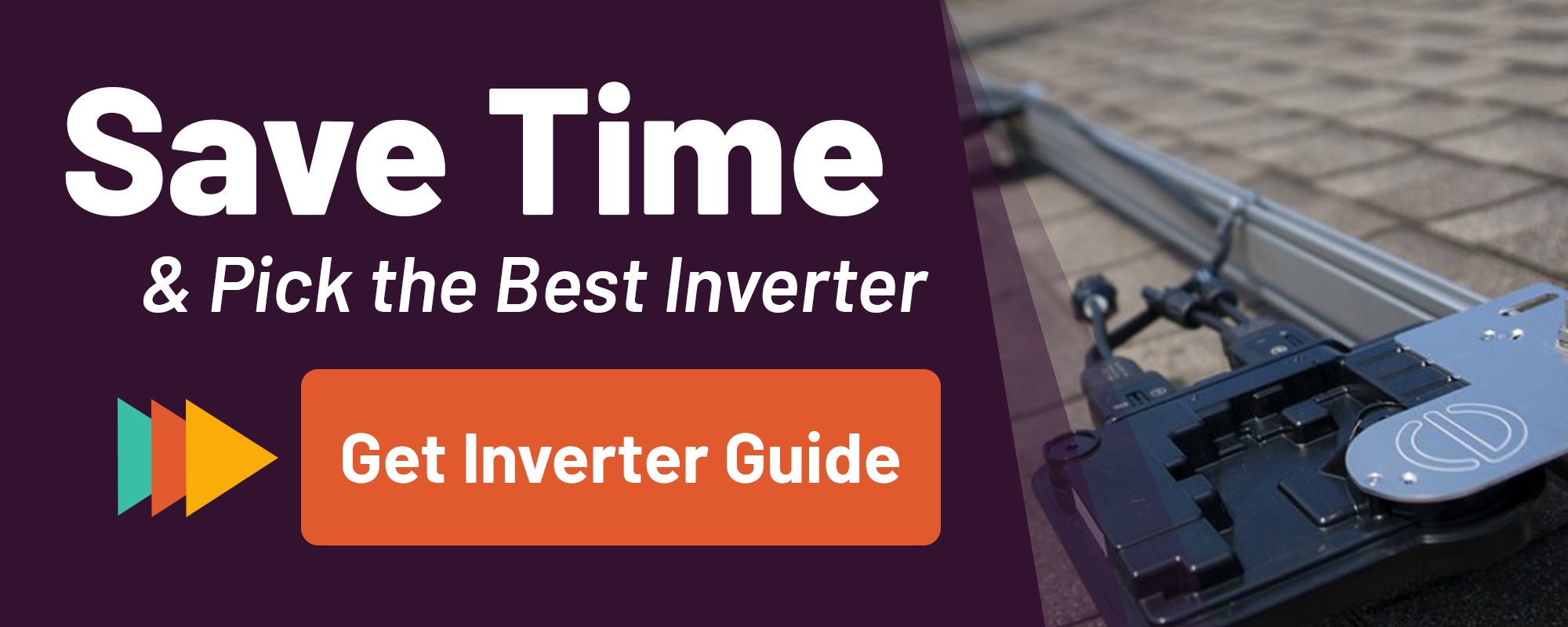
The Best Solar System Supplier
Unbound Solar provides all of your solar panel system needs and solar inverters.
Whether you’re working on a large commercial project or a small residential one, we’ll talk it over with you and set you on the right foot!
And learn how our Homebuilder Partnership Program can help you.
Call us at 1-888-665-1260 to learn more!
